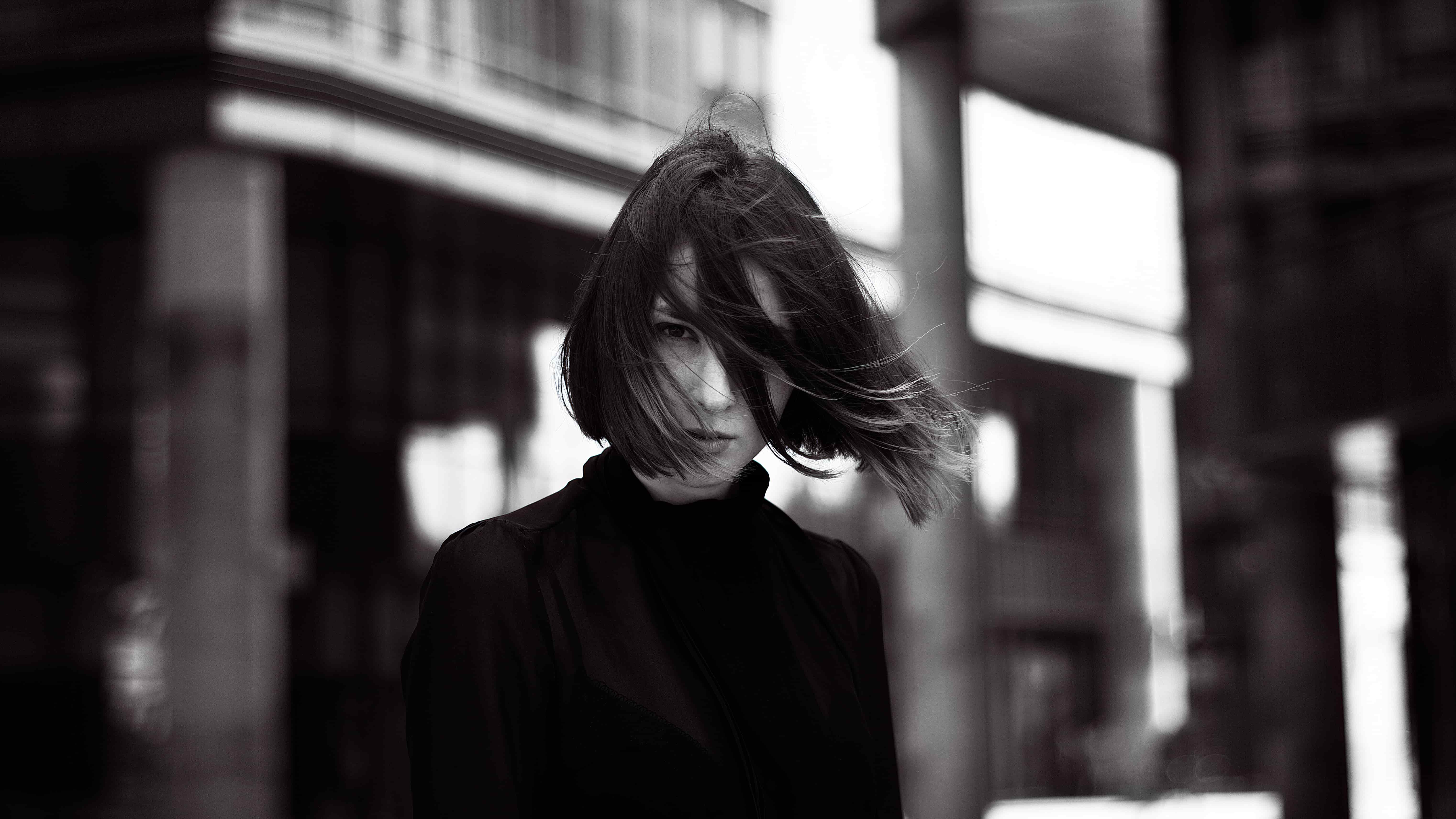Your cart is currently empty!
Guide to the Best Places to See Wildflowers in Jeju Island
Jeju Island, South Korea’s volcanic paradise, transforms into a spectacular floral wonderland throughout the year. Here’s your comprehensive guide to experiencing the island’s stunning wildflower displays.
Seasonal Highlights
Spring (March-May): Canola flowers, azaleas, cherry blossoms, and royal azaleas create vibrant carpets across the island.
Summer (June-August): Hydrangeas dominate, along with various coastal wildflowers.
Autumn (September-November): Pink muhly grass, cosmos, and buckwheat flowers paint the landscape.
Winter (December-February): Camellias bloom despite the cold, offering unexpected beauty.
Top Wildflower Destinations
Seopjikoji
This dramatic coastal area near Seongsan is famous for its golden canola flower fields in spring. The bright yellow blooms against the turquoise sea and volcanic rock formations create breathtaking photo opportunities. The gentle walking paths make it accessible for all ages.
Hallasan Mountain
Jeju’s iconic volcano offers different wildflower experiences depending on altitude. The lower slopes burst with azaleas in spring, while alpine flowers bloom near the summit in summer. The Eorimok and Yeongsil trails provide excellent wildflower viewing, particularly for the endemic Hallasan royal azaleas that create pink-purple waves across the mountainside.
Camellia Hill
While technically a garden rather than wild, this park in Andeok-myeon showcases over 500 varieties of camellias alongside other seasonal flowers. The winter camellia blooms (December-March) are extraordinary, and the landscaped grounds include hydrangea gardens that peak in June-July.
Sinchang Windmill Coastal Road
This scenic coastal route is lined with hydrangeas in summer, creating a stunning blue corridor against the ocean backdrop. The contrast of colorful flowers, white windmills, and deep blue sea is uniquely Jeju.
Geumneung Beach Area
The coastal areas around Geumneung feature wild coastal flowers and, in recent years, have become popular for pink muhly grass displays in autumn. The feathery pink grasses create an ethereal, dreamlike atmosphere.
Sangumburi Crater
This collapsed volcanic crater is a natural preservation area where native grasses and wildflowers thrive. In autumn, the silver grass (eulalia) turns golden and waves in the wind, while various endemic wildflowers bloom throughout spring and summer.
Seongeup Folk Village Area
The traditional villages and surrounding fields showcase buckwheat flowers in autumn and canola in spring. The rustic stone walls and traditional thatched houses provide a cultural context to the natural beauty.
Hangyeongmyon Plains
These expansive fields in western Jeju are known for barley fields in spring and buckwheat flowers in autumn. The white buckwheat blooms create what locals call “snow in autumn.”
Practical Tips
Best months to visit: April (canola), May (azaleas), June-July (hydrangeas), October (pink muhly grass and cosmos).
Transportation: Renting a car is highly recommended as many flower sites are spread across the island. Buses serve major attractions but limit spontaneous stops at roadside flower fields.
Photography: Early morning and late afternoon provide the best light. Many locations can be crowded during peak bloom times, especially on weekends.
Respectful viewing: Stay on designated paths and avoid trampling flowers. Many sites are conservation areas where damaging plants is prohibited.
Check bloom forecasts: Flower timing varies by weather. Check local tourism websites or call ahead to confirm peak bloom times before making specific plans.
Hidden Gems
Don’t overlook the rural roads and smaller oreums (parasitic cones). Driving or cycling the countryside often reveals unexpected wildflower displays that rival the famous sites. The areas around Gotjawal forests and between smaller villages frequently surprise visitors with spontaneous floral beauty.
Jeju’s wildflower diversity reflects its unique volcanic ecosystem and temperate climate. Whether you’re visiting specifically for flowers or stumbling upon them during your travels, these natural displays offer some of the island’s most memorable sights.


